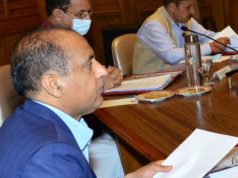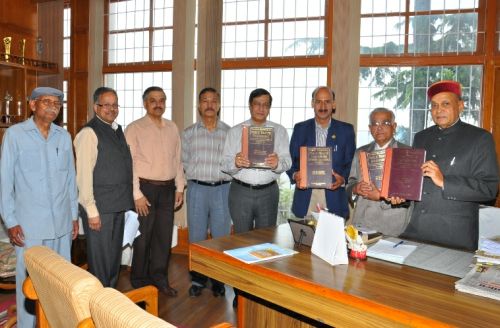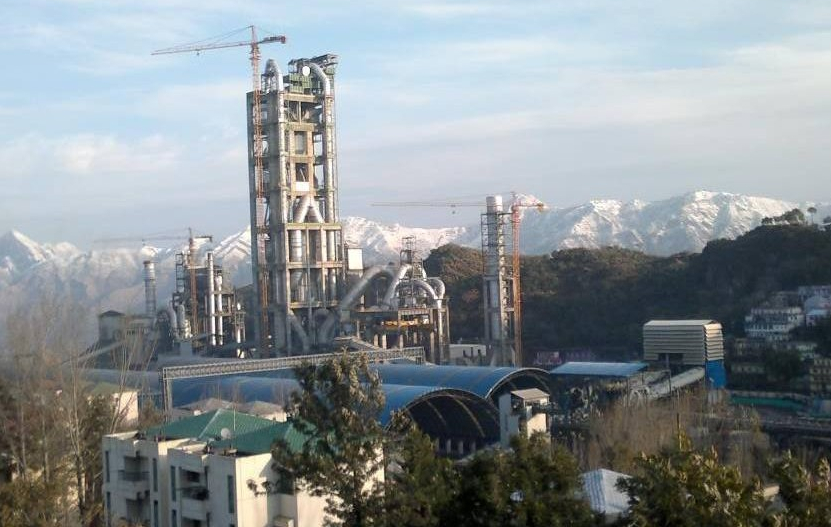Jal Shakti Department Appeals for Water Conservation as Drought Conditions Worsen
The drought situation in Himachal Pradesh has reached critical levels, affecting 1,797 water supply schemes and impacting over 8.88 lakh residents statewide. This ongoing crisis, exacerbated by historically low rainfall and snowfall in recent years, has intensified since late May, placing immense strain on the region’s already fragile water resources. With 6,537 villages and major towns such as Shimla, Solan and Kangra now facing severe water shortages, residents are grappling with the harsh realities of inadequate water supply.
Critics argue that despite the state’s recurrent experiences with drought-like conditions during summers, successive governments have failed to implement timely and effective measures to mitigate these predictable challenges. Research indicates that proactive steps such as rainwater harvesting infrastructure, drought-resistant crop varieties, and efficient water management policies could have alleviated the severity of the current crisis if implemented earlier.
In response to the worsening conditions, the Jal Shakti Department has initiated emergency measures to manage the crisis. This includes activating hand pumps in drought-affected areas of Dharamshala and Nurpur. Additionally, water tankers have been deployed to Shimla, Kullu, and Kangra districts where traditional water sources are insufficient to meet demand.
Acknowledging the gravity of the situation, the department has appointed nodal officers at state and district levels to coordinate with local administrations for a more effective drought response. However, questions remain about the adequacy and timeliness of these efforts in addressing the immediate needs of affected communities, given the prolonged anticipation of such challenges.
As part of their efforts, the department has enforced stringent leave restrictions for all staff, halted new water connections, and suspended construction activities related to existing water supply schemes. Measures are also underway to ensure water purity through increased stocks of bleaching powder and comprehensive cleaning of tanks, ponds, and reservoirs. Despite these efforts, criticisms persist regarding the government’s failure to proactively address the recurring issue of water scarcity in the region.
“We are facing a critical water supply situation,” emphasized a spokesperson from the Jal Shakti Department. “Public cooperation in conserving water is crucial as we navigate through this challenging period.”
The department continues to monitor the situation closely, promising to implement additional measures as necessary to mitigate the impact of the drought and ensure sustainable water management practices are in place for the future.
Despite ongoing efforts by the Jal Shakti Department to address the current water crisis in Himachal Pradesh, criticisms persist regarding the government’s failure to develop a comprehensive plan to adequately meet the water needs of residents. The situation is particularly dire in rural areas, where some villages receive water supply only once a month. This highlights a systemic issue of insufficient infrastructure and planning, underscoring the need for proactive measures to ensure sustainable water management and equitable access across all communities in the state.







